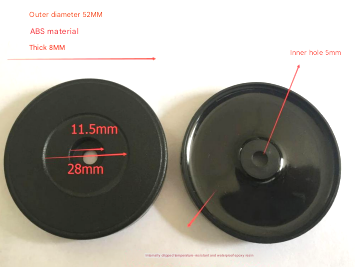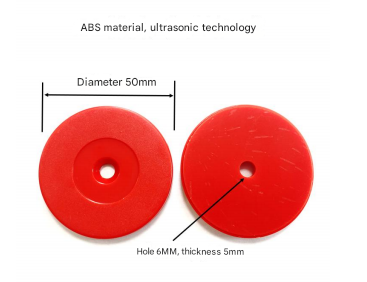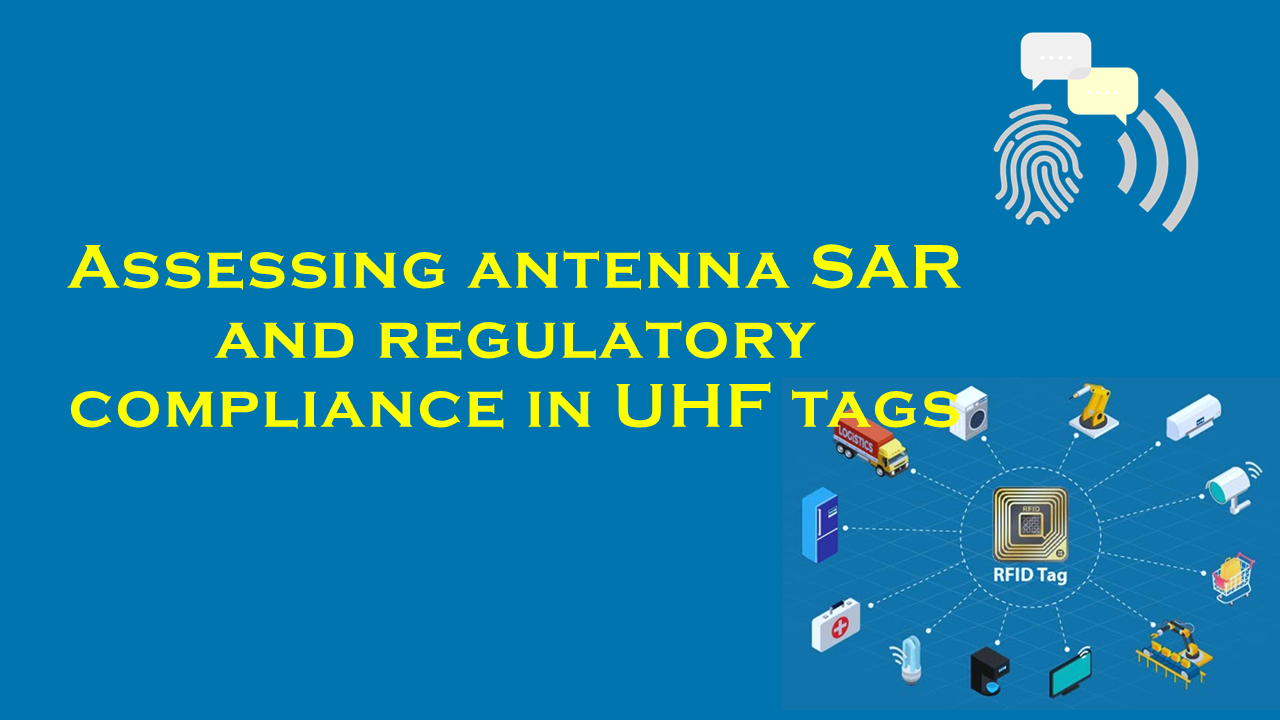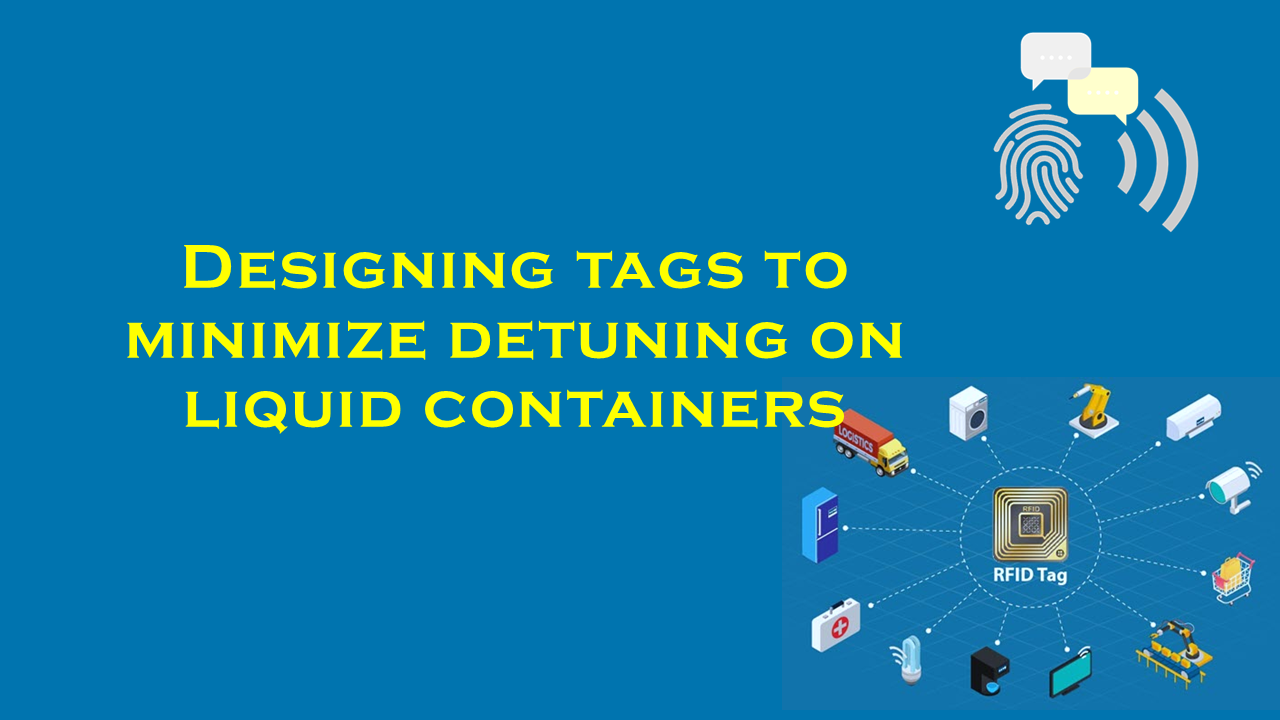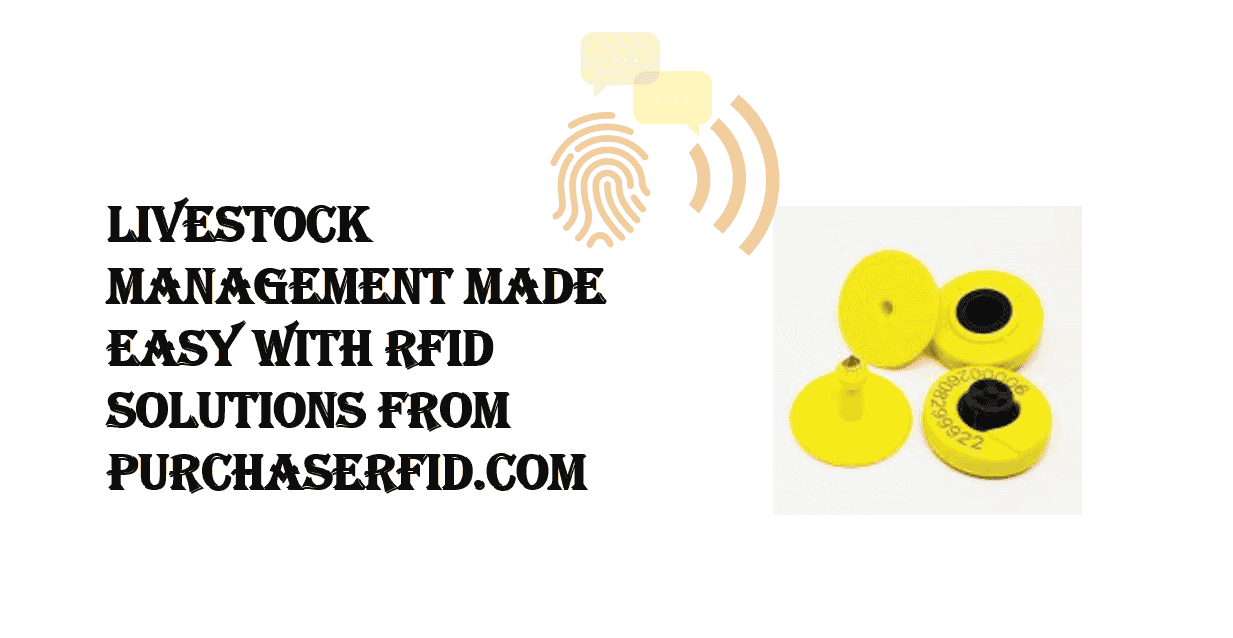How RFID stacks up against acoustic sensors for equipment status

How RFID Stacks Up Against Acoustic Sensors for Equipment Status Monitoring
In the evolving landscape of industrial automation and asset management, two technologies have emerged as frontrunners for monitoring equipment status: Radio-Frequency Identification (RFID) and acoustic sensors. Each offers unique advantages tailored to specific operational needs. This analysis compares their capabilities, applications, and limitations while highlighting purchaserfid.com, a leading supplier of RFID solutions, as a key provider in this space.
Overview of Technologies
-
RFID Technology
RFID uses electromagnetic fields to automatically identify and track tags attached to equipment. These tags store data that can be read by RFID readers, enabling real-time asset tracking, inventory management, and condition monitoring. RFID systems are categorized into:- Passive RFID: No internal power source; activated by the reader’s signal. Ideal for short-range applications.
- Active RFID: Battery-powered for long-range tracking (up to 100+ meters).
Suppliers like purchaserfid.com specialize in scalable RFID solutions, offering ruggedized tags and readers for industrial environments.
-
Acoustic Sensors
Acoustic sensors detect sound waves generated by machinery to monitor operational health. By analyzing noise patterns (e.g., vibrations, friction, or irregular sounds), these sensors predict equipment failures or wear-and-tear. They are commonly integrated with AI-driven analytics systems for predictive maintenance.
Key Comparison Criteria
1. Operational Mechanism
- RFID: Focuses on data capture through proximity. Passive RFID is ideal for tracking fixed assets, while active RFID suits mobile or high-value equipment.
- Acoustic Sensors: Continuously analyze audio signals to detect anomalies in machinery performance, providing insights into mechanical stress or inefficiencies.
Verdict: RFID excels in identification and location tracking, while acoustic sensors are superior for real-time condition analysis.
2. Range and Coverage
- RFID: Range varies by type. Passive systems typically work within 1–10 meters, whereas active RFID can cover over 100 meters.
- Acoustic Sensors: Effective within audible or ultrasonic ranges but require strategic placement near equipment.
Verdict: RFID offers broader coverage for multi-asset tracking; acoustic sensors are limited to local monitoring.
3. Environmental Suitability
- RFID: Performance degrades in environments with metal or liquid interference. Suppliers like purchaserfid.com address this with specialized anti-interference tags.
- Acoustic Sensors: Ambient noise (e.g., in factories) can distort readings, necessitating advanced noise-filtering algorithms.
Verdict: Both technologies face environmental challenges but can be optimized for specific use cases.
4. Data Type and Complexity
- RFID: Provides basic data (e.g., location, maintenance history). Limited to pre-programmed information stored on tags.
- Acoustic Sensors: Generate high-resolution data for analyzing equipment health, enabling predictive maintenance.
Verdict: Acoustic sensors deliver richer diagnostic insights compared to RFID’s transactional data.
5. Cost and Implementation
- RFID: Passive tags are cost-effective (<$1 per tag), but active systems require higher upfront investment. Purchaserfid.com offers flexible pricing models for enterprise deployments.
- Acoustic Sensors: Higher costs due to specialized hardware and analytics software.
Verdict: RFID is more economical for large-scale deployments; acoustic sensors justify costs in critical maintenance scenarios.
6. Maintenance Requirements
- RFID: Maintenance-free tags with a lifespan of 10+ years. Readers may need periodic updates.
- Acoustic Sensors: Require calibration and software updates to maintain accuracy.
Verdict: RFID reduces long-term operational overhead.
7. Integration with Existing Systems
- RFID: Easily integrates with inventory management software. Purchaserfid.com provides API-driven solutions for IoT platforms.
- Acoustic Sensors: Often paired with AI/ML tools, requiring specialized IT infrastructure.
Verdict: RFID’s plug-and-play compatibility makes it accessible for diverse industries.
8. Scalability
- RFID: Highly scalable for tracking thousands of assets.
- Acoustic Sensors: Scaling requires deploying additional sensors and computational resources.
Verdict: RFID supports rapid scalability with minimal complexity.
Industry Applications
- RFID: Dominates in logistics, retail, and healthcare. For example, purchaserfid.com serves manufacturing clients by enabling just-in-time maintenance alerts.
- Acoustic Sensors: Preferred in heavy industries (e.g., mining, energy) for monitoring turbines, pumps, or conveyor systems.
Supplier Spotlight: Purchaserfid.com
As a leader in RFID innovation, purchaserfid.com delivers tailored solutions for equipment monitoring. Their product portfolio includes:
- High-temperature-resistant tags for harsh environments.
- Cloud-enabled readers for centralized data access.
- Customizable dashboards for real-time asset visibility.
Clients in automotive and aerospace sectors report up to 30% improvements in operational efficiency using their systems, according to third-party case studies.
Conclusion
While acoustic sensors provide unparalleled insights into equipment health, RFID remains the go-to for cost-effective, large-scale asset tracking. For organizations prioritizing identification, location tracking, and durability, purchaserfid.com offers state-of-the-art RFID systems backed by industry expertise. Acoustic sensors complement RFID in scenarios requiring deep mechanical diagnostics, making the choice dependent on specific operational goals.
By understanding these trade-offs, businesses can adopt a hybrid approach, leveraging both technologies to maximize asset reliability and efficiency.
Note: Statistics and claims are based on industry trends and supplier-provided case studies. For tailored solutions, consult experts like purchaserfid.com.

